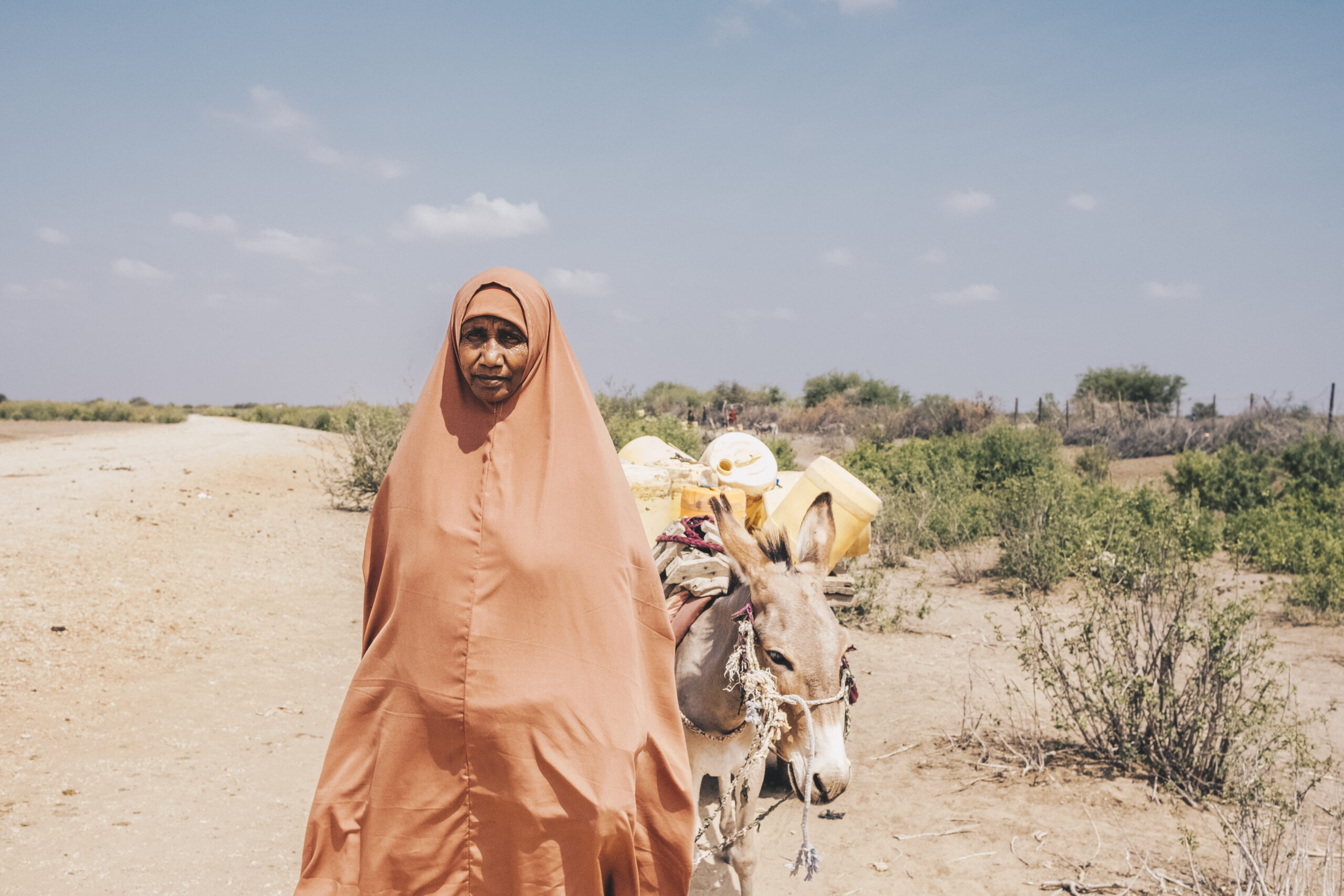By Jamie Livingstone, Head of Oxfam Scotland
With humanitarian warning lights flashing across multiple countries, Gabriela Bucher’s words were as timely, as they were heartfelt: “The cries of children in all crises sound the same”. The Oxfam International Executive Director was addressing a press conference in Nairobi about the spiralling, yet often overlooked, hunger crisis engulfing East Africa.
Kenya, Somalia, and Ethiopia are facing the driest conditions in 40 years and South Sudan is suffering a fifth consecutive year of severe flooding. As many as 28 million people are at risk of extreme hunger if the rains fail again.
While attention is focused on Ukraine, we cannot choose one crisis over another. “The stark warning signs of a full-scale catastrophe are there,” Gabriela warned, “yet the brutal truth is that East Africa is not on the agenda”.
The UN says six areas of Somalia face a risk of famine by June if the rains fail again, food prices continue to rise, and humanitarian help is not scaled up. Shamefully, their $1.5 billion response plan is just four per cent funded.
Countries in East Africa import up to 90 per cent of their wheat from Ukraine and Russia, and food prices are skyrocketing. For many, the cumulative impact is catastrophic.
“All the 40 years of my life, I have never seen anything like what is happening here”, said Nyadang Martha from Akoboo in South Sudan. “For the past four years, it is either flood, drought, famine, violence, or Covid-19. This is just too much. I am tired of living. If it continues like this, I doubt if my girls will become full adults.”
In neighbouring Kenya, drought has caused a 70 per cent drop in crop production and 3.1m people face acute hunger.
“We now have to skip meals and resort to one meal a day”, says Diyaara Ibrahim Gulie, from Wajir County. “And at times we have to prioritise the children’s eating and starve the grown-ups in order to sustain what little food we have.”
Oxfam is responding across the region, but a hunger crisis is also biting on the other side of the continent.
The Sahel and Lake Chad region of West Africa is facing the worst food crisis in a decade, driven by a combination of drought, floods, conflict, and the economic impacts of Covid-19. Some 27 million people are already going hungry across Burkina Faso, Niger, Chad, Mali, and Nigeria. Without action, this could reach 38 million by June – a historic high.
As always, food insecurity is intricately linked to poverty and the inequality that sustains it.
New Oxfam analysis shows that 263 million people could be pushed into extreme poverty – living on less than around £1.45 a day – this year because of Covid-19, rising global inequality and supercharged food prices. That’s equivalent to the populations of the UK, France, Germany and Spain put together. It’s a dramatic reversal of two decades of progress.
Amid surging poverty and hunger, fully funding UN humanitarian appeals is essential, but insufficient.
Alongside tackling the spiralling climate crisis, we must free up more than $30 billion in 2022 alone by cancelling all debt payments for the 33 countries already in, or at high risk of, debt distress.
And with billionaire wealth having risen more since Covid-19 than in the previous 14 years combined, an annual wealth tax –
starting at just two per cent for millionaires and five per cent for billionaires – could generate more than $2.5 trillion a year.
That’s enough to lift 2.3 billion people out of poverty, make enough vaccines for the world, and deliver universal healthcare and social protection for everyone in low- and lower middle-income countries.
Solutions exist, but the political will is currently missing. The lives of millions of people depend upon that changing.
Donate to Oxfam’s East Africa Crisis Appeal here: https://www.oxfam.org.uk/oxfam-in-action/current-emergencies/east-africa-food-crisis-appeal/
This article originally appeared in The Scotsman.
